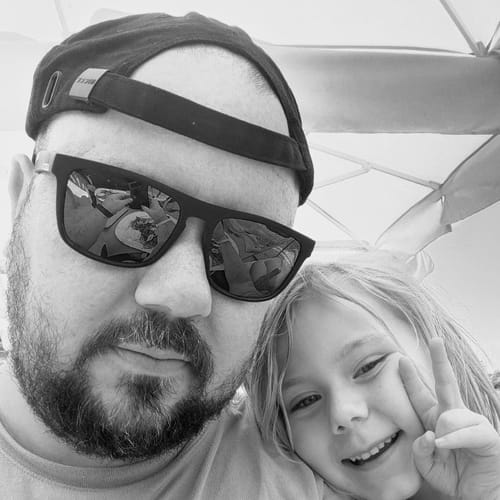For fitness enthusiasts Axat and Axi, the inspiration behind Gyfr came from a personal need. "I saw my sister struggle with finding affordable and time-efficient personal training options," recalls Axat. "
In the U.S., personal training sessions average over $80 per hour, and it can be a hassle to find a trainer whose schedule aligns with yours."
Recognising a significant gap in the market, Axat and Axi set out to create a solution that was both affordable and flexible.
"There are countless individuals who have been working out for years and would be happy to help others in their free time to make a side income," explains Axi. "On the flip side, there are also many individuals like my sister, who are looking for affordable and flexible personal training options."
This realisation led to the birth of Gyfr. Clients can log into the app, request a personal training session, and be instantly paired with an available trainer.
"Our training options are over 85% cheaper than the industry average," Axat points out, "and we eliminate the hassle of finding and scheduling with a trainer. With just one click, clients are paired with a trainer on demand."
Reaching the Right Users
Gyfr operates as a marketplace with two primary user groups: trainers and clients.
"Our target trainers are gym enthusiasts who have been consistently working out for at least two years, as well as professional personal trainers," explains Axi. "Many of them are college-aged students seeking a side income."
On the other hand, the ideal clients are individuals just beginning their fitness journey and looking for flexible, affordable personal training options.
"Many of our clients are in their late 20s to 30s," says Axat. "We have effectively reached both groups through targeted social media marketing and word-of-mouth marketing."
Overcoming Challenges
"Both of us are non-tech founders," Axat admits. "While we have extensive experience in business and marketing, we needed additional technical expertise to build an app of this depth.
To overcome this, they tapped into their personal networks, bringing a developer friend on board as their lead developer.
"This was a crucial step in getting the app off the ground," says Axi. Further networking led to the addition of another developer who is also a lifelong gym enthusiast, perfectly aligning with their mission.
"The key to overcoming this challenge was having a plan but also adopting the mindset of 'we will figure it out when the time comes,'" Axat reflects. "With enough grit, determination, and out-of-the-box thinking, my team and I have always found a way to overcome obstacles."
Funding and Growth
Currently, Gyfr is bootstrapping until the launch of their minimum viable product (MVP).
"Once we have launched the MVP and can demonstrate sufficient traction and proof of concept, we plan to raise funds," explains Axi. "Ideally, we would have preferred to raise funds earlier, but raising funds pre-MVP, especially as a non-AI startup, is extremely challenging."
By bootstrapping to the MVP stage, Gyfr aims to validate its concept and increase its appeal to potential investors. "This approach allows us to establish some traction and then seek investment to scale the product," says Axat.
Future Goals
Gyfr's short-term goal is to launch their MVP by August and then subsequently prepare to fundraise. "This will enable us to scale our app and expand our team," says Axi.
In the long term, the founders envision Gyfr as a global one-stop marketplace for on-demand personal training. "While we are currently launching only in the United States, our vision is to expand internationally and provide accessible personal training worldwide," Axat shares.
To achieve these goals, Axat and Axi emphasise the importance of building a strong, passionate team.
"Successful businesses are not built by individuals but by cohesive, trustworthy teams," says Axat. "By focusing on team building, securing funding, and scaling strategically, we are confident in our ability to achieve both our short-term and long-term objectives."



